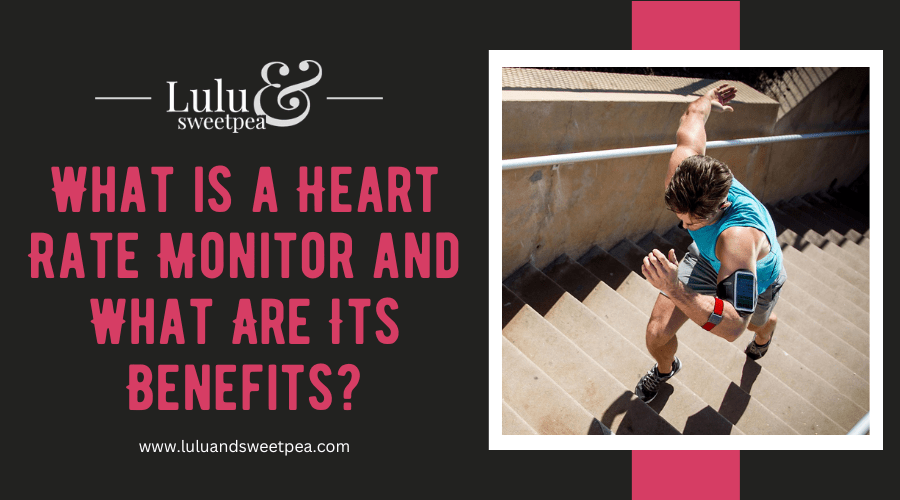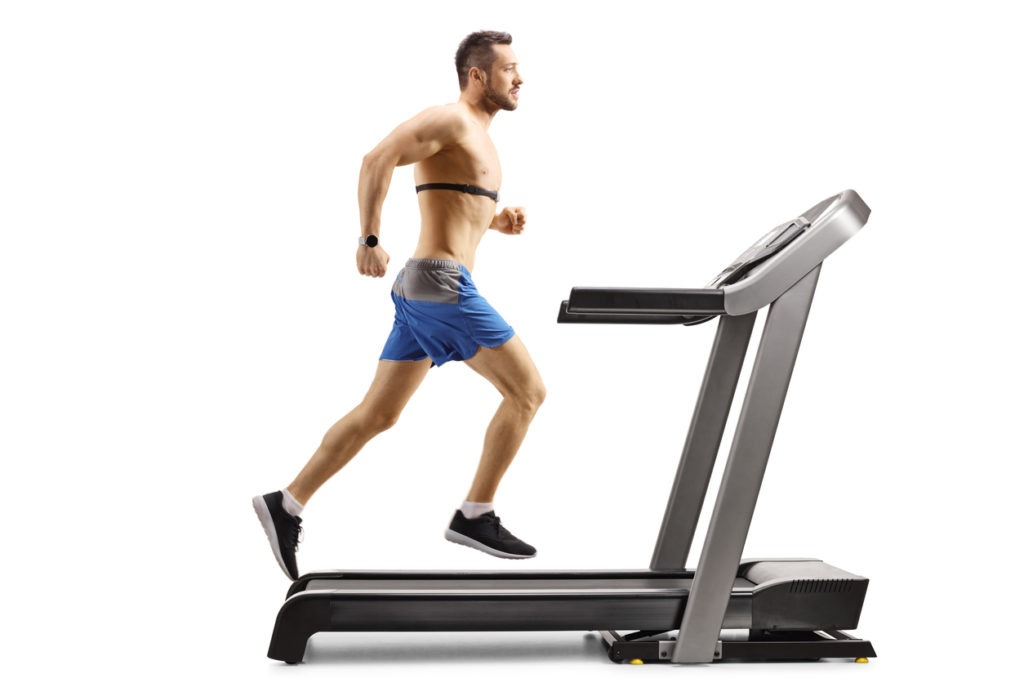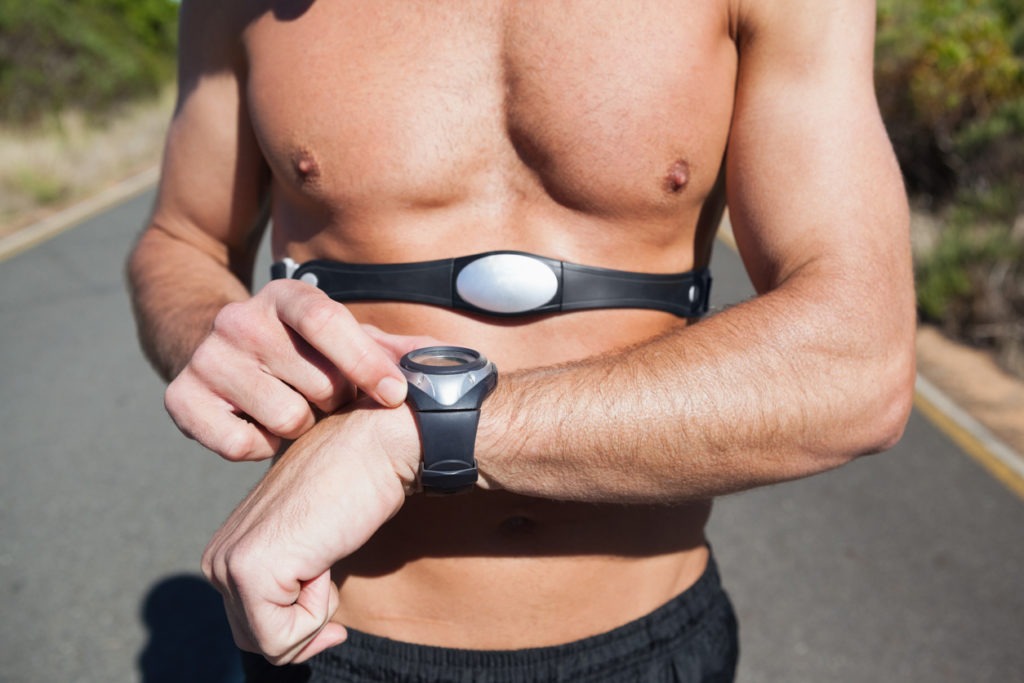In recent years, there has been an increase in awareness about personal fitness and its importance. Even breathing exercisers are now available in the market to make your lungs stronger. Also, with an alarming increase in heart problems and diseases related to our sedentary lifestyle, the awareness about how essential it is to look after our heart, body, and mind is widely spreading. People everywhere wear fitness bands or a smartwatch around their wrists to monitor their activity and overall health.
Heart rate monitors are used for the same purpose. They measure your heart rate and relay the information to help you keep track of your heart health. Knowledge is power when it comes to fitness and help – knowing your heart rate can give you feedback to make sure you are making the most out of your cardiovascular workouts.
Heart rate monitors also come integrated into fitness tracking devices. Such devices provide you with an overall outlook on your physical health, along with your heart rate.
NOTE: Be sure to check with your Doctor regarding any heart related health issues
What is a Heart Rate Monitor?
A heart rate monitor is a device that detects and measures your heart or pulse rate. These devices are available in small, wearable forms that use very accurate sensors. While these devices are great for personal use, there’s no substitute for medical devices used by doctors and hospitals.
Some people use these monitors to track their fitness, while their physician advises some to use heart rate monitors so that their heart rate activity is recorded and the doctor can keep an eye on it. Heart rate monitors are commonly used for these purposes:
- Monitoring stress and activity levels throughout the day
- Tracking heart rate while exercising
- Tracking sleep quality
- Monitoring vital signs at home, especially if you have heart-related health conditions or concerns
The heart rate refers to how many times your heart beats per minute, while the pulse rate is how many times per minute the arteries expand because of beating. Usually, there’s no difference between the heart rate and pulse rate – but there are some health conditions, medications, and circumstances that can make the pulse harder to detect, which can interfere with readings. A heart rate monitor can offer a more accurate reading in these situations.
Who Needs a Heart Rate Monitor?
Heart rate monitors are unnecessary, and you don’t need to use a heart rate monitor while doing your workout routine. You can keep an active and healthy lifestyle with exercise, even without one.
Generally, there are two reasons why people would want to get a heart rate monitor. For some, tracking their fitness while they exercise and rest is of utmost need. For others, it might be a medical need. Several physicians suggest that their high-risk patients keep a constant check on their heart rates in order to sense any critical situation beforehand.
The heart rate is the key indicator of how intense a workout is. Maintaining a certain level of heart rate for a prolonged period of time can help you burn more calories and fat while improving your heart health. Also, heart rate monitors can prevent you from overexerting yourself, as they can also alert you to that danger.
Heart rate monitors are also widely used by fitness enthusiasts to build their stamina. Monitoring your heart rate over a period of time while you exercise and perform stamina-building activities helps you see how far you’ve improved.
Types of Heart Rate Monitors
There are different versions of heart rate monitors available, but these are the most common:
Chest Strap Monitor
This type of heart rate monitor is considered the most accurate. This is because it uses a chest strap designed to fit snugly around the chest just below the breast. It uses electrical detection through a transmitter to track the heart rate using a band that wraps around the chest, then the readings are reflected on a wristwatch receiver. A chest strap monitor needs to maintain contact with the skin on the chest, or you will get wildly inaccurate readings.
However, these types of monitors are typically more expensive, and the chest straps can be uncomfortable for some people.
Armband or Wristband Monitor
This type of heart rate monitor uses optical technology to measure heart rate. These wearables have light-emitting diodes (LED) and sensors that rest against the skin to observe cardiac activity. Then, readings are displayed on the band or shown in a smartphone application. There are few standalone heart rate monitors of this type, as they usually come integrated with fitness bands.
Armbands or wristband monitors rely on the two major arteries in the forearm and wrist: the radial artery and the ulnar artery. These arteries provide plenty of blood flow to the skin at the surface of the wrist and forearms, making it an ideal spot to monitor heart rate.
This type of heart rate monitor is a perfect buy for athletes or fitness enthusiasts who want to avoid having something strapped across their chest. However, if you get a wristband heart monitor without a display, you better get used to taking out your phone every once in a while to check your heart rate. Also, if you use your arms for exercise activities, it may show inaccurate readings.
Fitness Trackers
Inarguably, this type of heart rate monitor is the most popular one. Fitness trackers have become a popular workout companion over the last decade because they provide an easy way to track certain fitness metrics like the number of steps taken, miles run, and of course, heart rate.
Over the years, the technology with fitness trackers has greatly evolved to give more accurate readings and to add more features and metrics, like sleep patterns, calories burned, and more.
If paired with your smartphone, these heart rate monitors can securely save your data for any further use. This also helps the device in learning your pattern. Some fitness trackers also notify you when you achieve a milestone in your fitness. They notify you if you achieve your desired heart rate or alarm you when it drops.
However, one downside to such heart rate monitors is that wristbands tend to move around a lot during activity, and thus, readings might be compromised. But still, the improvement in technology means that your readings are going to be a lot more accurate than they were back then.
Benefits of Heart Rate Monitoring
Knowing your heart rate at any given moment can give you many benefits, and they are a worthwhile investment if you’re serious about fitness. These are what you can enjoy and benefit from using heart rate monitors:
Constant feedback and motivation
Wearing a heart rate monitor allows you to precisely evaluate your cardiovascular system’s condition while doing physical activities. It can give you objective feedback regarding the intensity of your exercise, so you can adjust as you see fit. The constant feedback will help you stay motivated, so you can set a goal to reach a certain heart rate level. People who receive tangible, objective feedback about their performance are more likely to work out consistently.
Allows you to adjust exercise intensity
Sweat is not the gauge to know if you’re exercising too hard or not hard enough. With a heart rate monitor, you can get reliable information to help you gauge the intensity of your exercise. For instance, if you’re doing high-intensity interval training, a heart rate monitor can tell you if you’re exercising at a level high enough to reach your goals. Likewise, it can also tell you if you’re taking it easy, encouraging you to dial the intensity up if you need to.
Monitors overtraining
A heart rate monitor can measure the intensity of your workout, alarming you if you’re overtraining or working out too long. After finding the right heart rate, you can control the maximum intensity that’s right for your body and age. Whenever your heart rate rises, a monitor can remind you to pause, rest, and consider if the sets you’ve done so far are enough.
Allows you to check recovery heart rate
During exercise, the heart speeds up to deliver more oxygen to the muscles and slows down when you stop. Heart rate recovery measures how fast your heart rate comes down in the first minute after you stop exercising.
The recovery heart rate is a good measure of cardiovascular fitness and how quickly your nervous system reacts to stress. A fast recovery heart rate shows that your heart is more capable of handling the stress of exercise and is linked with lower cardiovascular mortality.
Helps manage medical conditions
If you have hypertension, heart disease, or other related health problems, your doctor might tell you that it’s fine to exercise but keep your heart rate below a certain value. A heart rate monitor can provide the instant feedback you need to adjust exercise intensity for health reasons.
Factors to Consider When Buying a Heart Rate Monitor
Before buying a heart rate monitor for personal use, consider these things:
Accuracy
Accuracy is the most important thing to consider regarding devices like heart rate monitors. As mentioned above, the most accurate heart rate monitors use a strap that fits snugly around the chest.
Nevertheless, you can make a wise purchase by combining the factor of accuracy and comfort. If you think chest-strapped monitors are the most accurate but uncomfortable using regularly, then you may be better off with wristwatch or armband monitors. These monitors can get pretty accurate and can provide a real-time readout of the heart rate, but there are limitations. Because it uses LED light, it may need help to get accurate readings through tattoos or dark-pigmented skin.
Comfort
Always look for a heart rate monitor that’s comfortable to use for you. Will it feel comfortable to wear while you’re doing fitness activities? Does it provide an easy-to-read display? Does it have a backlight to use in low light? Are the buttons labeled well and easy to find and press? How easy is it to use if you choose a chest strap with no monitor other than the smartphone app?
Added Features
Basic heart rate monitor models show only your heart rate and probably elapsed exercise time. But some come with a variety of useful features, including:
- Heart rate zone alarm (alerts the user when the heart rate is high or low)
- Timers, clock, stopwatch
- Time in zone splits
- Calories burned
- Bluetooth or cable connectivity
- Fitness test
- Computer or app link
- Pre-programmed workouts



